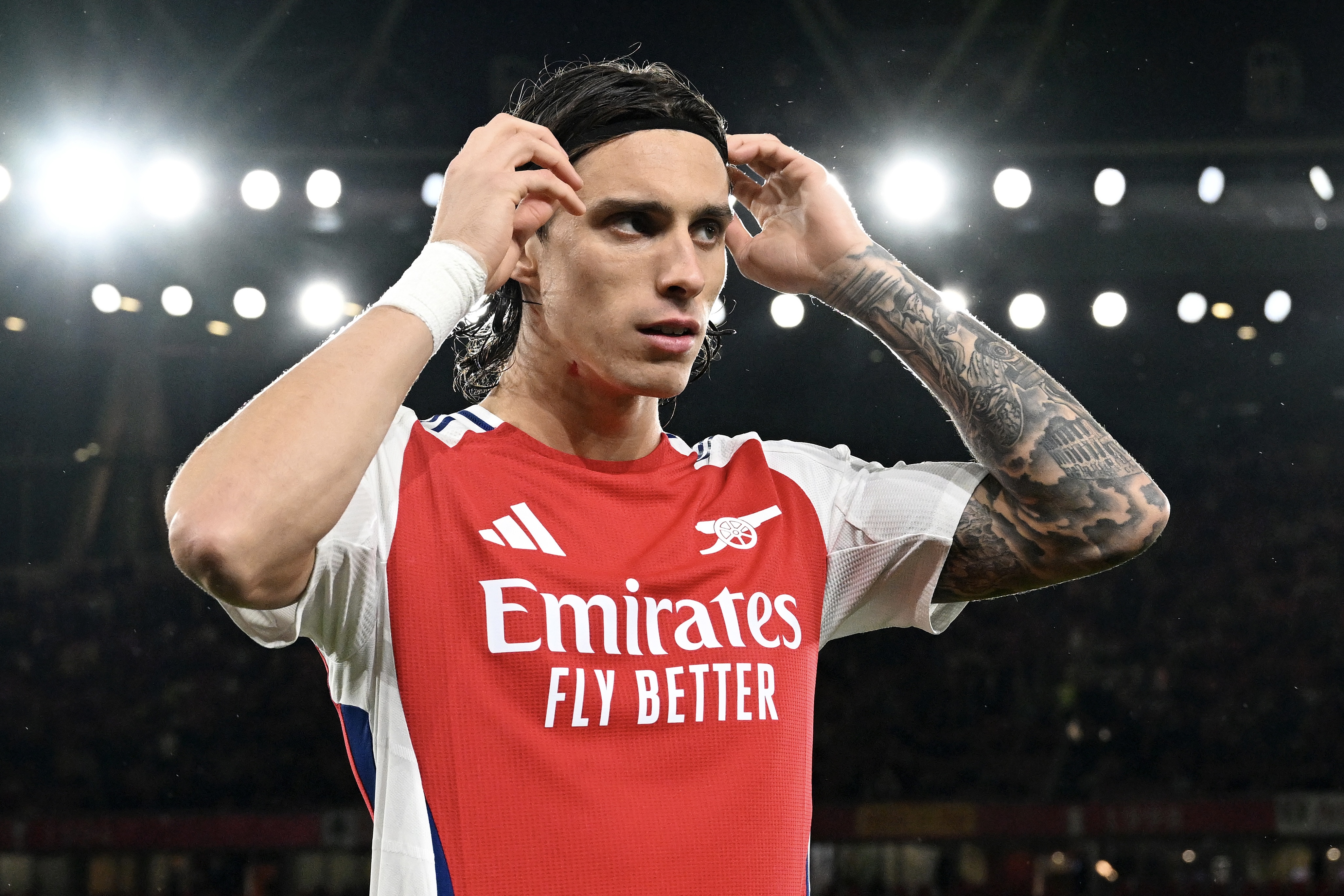The FIFA Women’s World Cup has officially kicked off. The month-long tournament will see some of football’s best teams take to the international stage in the hope of being crowned World Champions.
Taking place every four years, the World Cup is a competition that’s always met with anticipation and excitement. Yet, this year’s iteration is one that’s breaking new ground and for that reason, feels extra special.
For the first time in history, the tournament will be hosted across two federations: Australia and New Zealand. With 32 teams having to travel between 10 cities including Sydney, Melbourne, Auckland and Wellington, to participate. And with eight debutants set to break out for the first time, fans are about to add Republic of Ireland, Panama, Zambia and more to their watch list.
Another first is the implementation of a new payment model. The increased prize pot now sits at $110 million – nearly a three-fold increase from 2019 – with every player receiving at least $30,000 for qualifying. National team federations will also receive $1,560,000 for reaching the group stages with the eventual champion taking home $4,290,000. The average annual salary for a women’s footballer is $14,000, so the new payment model is set to change lives both on and off the pitch.
Women’s football is the fastest growing global sport. In recent years, the game’s seen multi-million pound broadcasting and endorsement deals take the women’s football to new heights. If last summer’s UEFA European Women's Championship taught us anything, it’s that women’s football isn’t just here to stay, it’s here to change the game forever.
VERSUS and GLAMOUR UK have teamed up to tell you all you need to know about the tournament and some of the most topical conversations happening right now in women's football. From the players you need to keep on your radar to the ongoing fight for equality.


.svg)













.jpg)







.jpg)


















%202.jpg)


%20copy-2.jpg)






%202.jpg)




































.jpg)

.jpg)



.png)


.jpg)

.jpg)
.jpg)

.jpg)






.jpg)













.jpg)


%20(1).jpg)
.jpg)

.jpg)































.jpg)







.jpg)
.jpg)




.jpg)


























